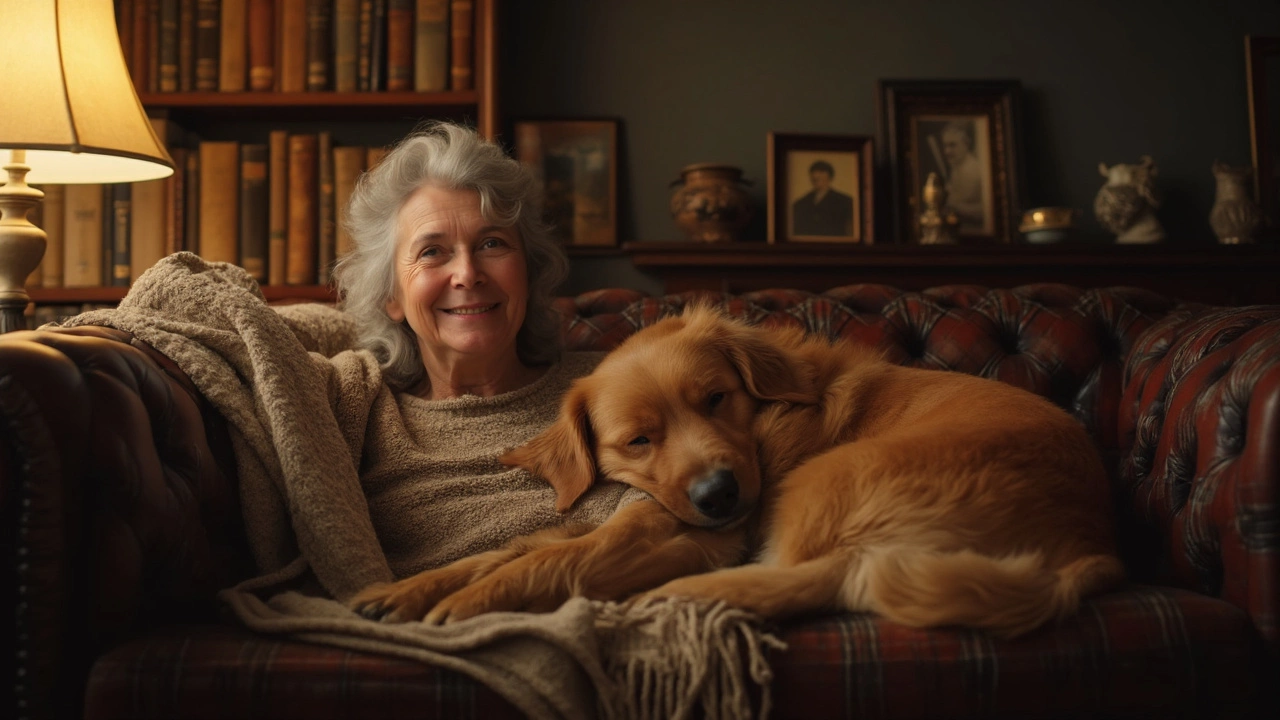Dog Sleeping Habits: How to Help Your Pup Rest Easy
Ever wonder why your dog drags a paw across the floor at 10 p.m. or wakes up barking at 3 a.m.? Most of the time it’s not a mystery – it’s a habit that can be nudged in the right direction. Below are simple steps you can start using tonight to give both you and your dog better sleep.
Create a Calm Bedtime Routine
Just like kids, dogs thrive on predictability. Pick a cue that tells your pup it’s time to wind down – a short walk, a gentle brush, or a few minutes of quiet play. Do the same thing every night and keep it under 15 minutes. Over time your dog will associate that cue with “sleep mode” and settle faster.
Turn off bright lights about an hour before bed. Dim lighting helps melatonin rise naturally, and it also reduces visual excitement that can keep a dog alert. If you have a night‑light, choose a soft amber tone rather than a harsh white bulb.
A consistent feeding schedule also matters. Try to serve the last meal at least two hours before bedtime. A full stomach can cause discomfort, leading to restlessness or a sudden need to go out.
Special Tips for Puppies and Senior Dogs
Puppies under 12 weeks still need a lot of sleep – up to 18 hours a day. Their short bladders mean they’ll need a bathroom break during the night. A good trick is to take them out right before you hit the sack, then set an alarm for a brief middle‑of‑night trip if they’re under 8 weeks.
Older dogs may develop arthritis or joint pain that flares up when they lie down. Adding a memory‑foam dog bed in a quiet corner can ease pressure points. Keep the bed away from drafty windows and high‑traffic areas to reduce stress.
Collar safety at night is another common question. If your dog wears a heavy, metal collar, consider removing it while they sleep. A lightweight, break‑away collar reduces the risk of choking if they roll onto it. For dogs that need a tag, a simple ID tag on a thin fabric band works fine.
Crate training can be a game‑changer for many owners. A properly sized crate offers a den‑like environment that many dogs find comforting. Place the crate near you for the first few weeks – the subtle presence of your heartbeat can make the transition smoother.
Lastly, watch the temperature. Dogs can’t sweat, so a room that's too warm will make them pant and disrupt sleep. Aim for a cool 18‑20 °C (65‑68 °F) and provide a light blanket if the space feels chilly.
Give these tweaks a try for a week and note any changes. Most owners see calmer nights within a few days, and the bond with their dog just gets stronger when both parties rest well.

Do Dogs Sleep with the Alpha Human? The Truth Behind Bedtime Bonding
Ever wondered why your dog chooses to sleep with you and not someone else in the house? This article unpacks the reasons behind dogs picking their favorite human at bedtime and what it says about their view of you as the 'alpha.' Get practical tips for encouraging healthy sleep routines, whether you want your furry buddy in your bed or cozily settled in their own. Learn how sleeping arrangements connect to your dog's trust and sense of security. We’ll also debunk some myths about the whole 'alpha human' idea.
View more
Do Dogs Sleep Next to Their Favorite Person? Answers Every Pet Parent Needs
Ever wondered why your dog insists on sleeping as close to you as possible? This article digs into whether dogs really do pick a favorite person to sleep next to and what influences their snuggle choices. Find out how your dog's sleeping spot says a lot about their relationship with you. You'll also get tips for choosing the best bed for your pup and learn some quirky facts about canine sleeping habits. Make your dog's sleep both cozy and meaningful—with a clear idea of what their choices mean.
View more